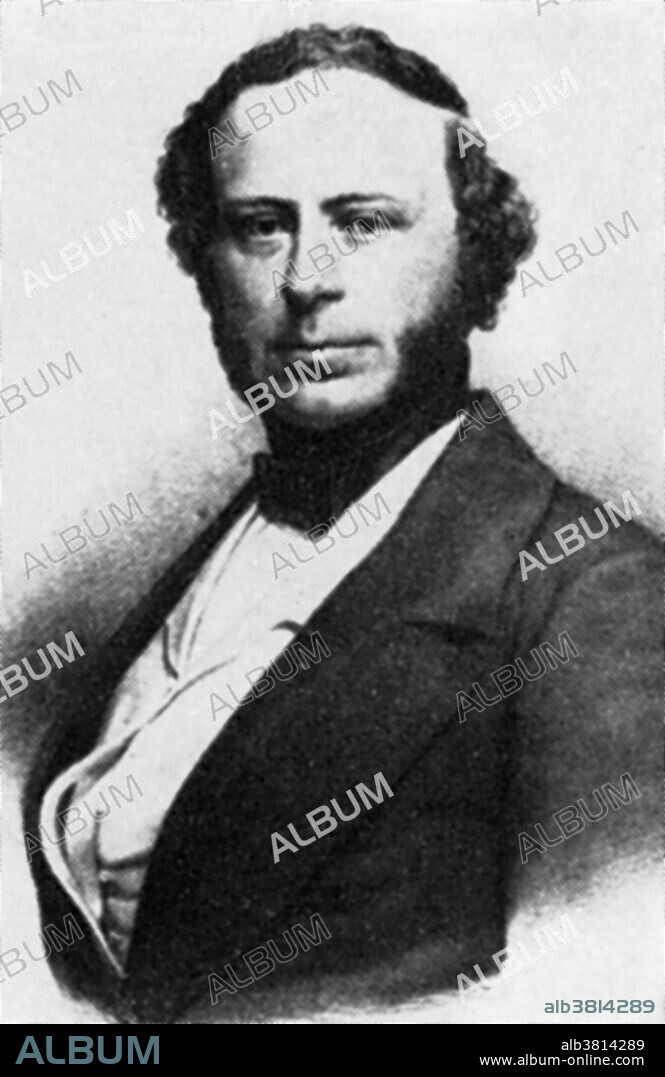alb3814289
John Ericsson, Swedish-American Inventor

|
Ajouter à une autre Lightbox |
|
Ajouter à une autre Lightbox |



Avez-vous déjà un compte? S'identifier
Vous n'avez pas de compte ? S'inscrire
Acheter cette image

Titre:
John Ericsson, Swedish-American Inventor
Légende:
Voir la traduction automatique
John Ericsson (1803-1889) was a Swedish-American inventor and mechanical engineer. He is remembered best for designing the steam locomotive Novelty (with engineer John Braithwaite) and the ironclad USS Monitor. Ericsson also invented the caloric engine in the 1820s which used hot air instead of steam as a propellant. Its boiler-less design made it a safer and more practical means of power for small industry and his incorporation of a 'regenerator' heat sink made it very fuel-efficient. He also invented: surface condenser (water-cooled shell and tube heat exchanger), the solar machine, using concave mirrors to gather sun radiation strong enough to run an engine, hoop gun (gun production technique that uses multiple layers of tubes to form a built-up gun) construction and the propeller (a type of fan that transmits power by converting rotational motion into thrust).
Crédit:
Album / Science Source / New York Public Library
Autorisations:
Modèle: Non - Propriété: Non
Questions sur les droits?
Questions sur les droits?
Taille de l'image:
2574 x 3962 px | 29.2 MB
Taille d'impression:
21.8 x 33.5 cm | 8.6 x 13.2 in (300 dpi)
Mots clés:
AMÉRICAIN • BATEAU DE GUERRE • CÉLÈBRE • CELEBRITE • GUERRE NAVIRES • GUERRE, NAVIRES • HOMME • ILLUSTRATION • INGÉNIERIE • INGENIEUR • INVENTEUR • LOCOMOTIVE A VAPEUR • MECANICIEN-MONTEUR • NOUVEAUTÉ • PERSONNAGES • PERSONNALITÉS • PERSONNE • PORTAIT • PORTRAIT • POTRAIT
 Pinterest
Pinterest Twitter
Twitter Facebook
Facebook Copier le lien
Copier le lien Email
Email
